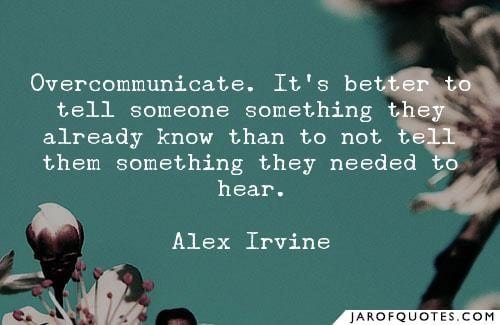By Sheila Roberts
Project teams are recognised as needing management and leadership to be most effective. In our current focus we look at how to help remote teams work well. This blog series looks at tips for remote working to be more effective. Team management a key competence in projects – it is a mandatory competence area for Chartered Project Professionals. Thus it is vital to work at getting it right if we are going to deliver the project as agreed – even when remote.

Team happy hours, shared lunches, and coffee chats all usually have one thing in common: they happen together. For remote teams, the absence of such tested workplace approaches leaves a gap that’s hard to fill without being more creative.
Motivating your remote team means knowing how to make them feel supported. Without in-person meetings, explore new ways to communicate and collaborate. Increase project visibility to make your team understand how their work fits into the larger plans. Create opportunities for your team to authentically connect, so you can support each other and move forward together.
When managing remotely, some strategies will help you empower your team and make them feel more connected to each other and their work.
Over-communicate where possible
It can be easy to feel out of the loop when you’re working remotely. That’s why it’s especially important to almost over-communicate when it comes to plans, progress, feedback, and praise. While a smile can suffice in person, you should make extra effort to convey your emotions and tone more deliberately when you’re working remotely. If you’re offering constructive criticism, put yourself in their shoes. Could your message be misinterpreted? Is there a way to make what you’re trying to communicate clearer? Can you identify how to be more balanced so the person does not feel you are just critical without acknowledging the good things which are achieved?
Over-communicating doesn’t mean constantly sending emails or updates with no purpose.
Focus on keeping your team in the loop about any new initiatives and hold space as new information (and emotions) come up.
Update them when things change so they have the context they need, and facilitate cross-functional conversations so all stakeholders are on the same page.

Watch out for the next blog to get more tips on building remote teams to deliver your projects on time, on budget and to the agreed quality standards.
